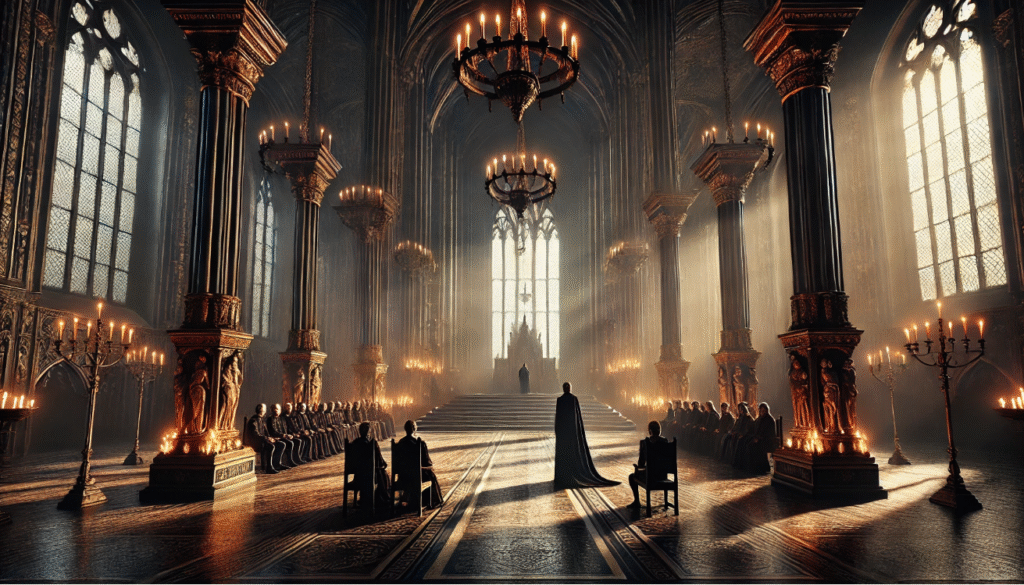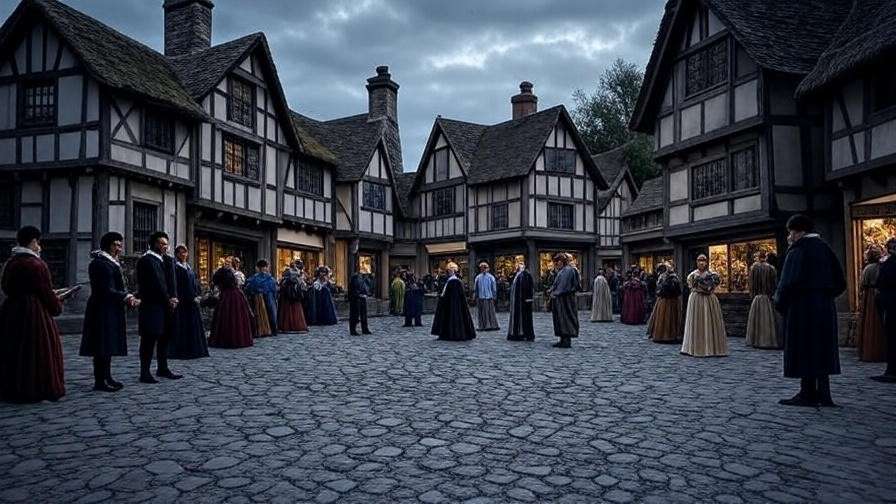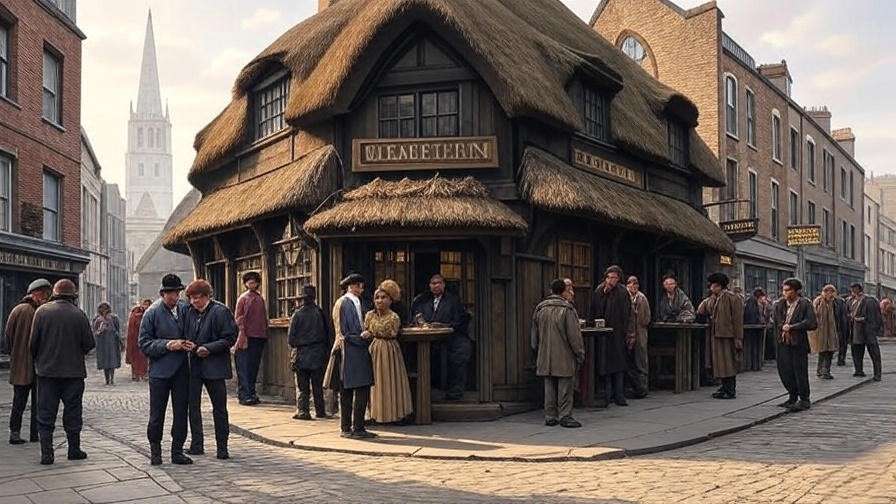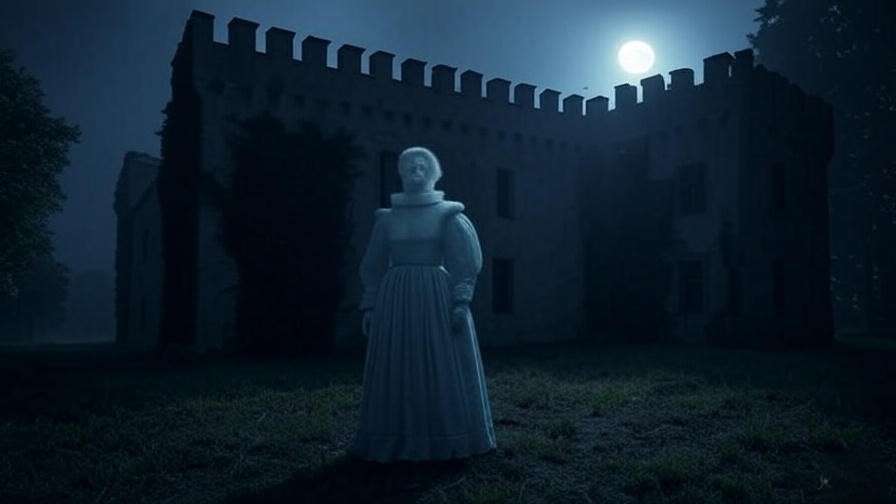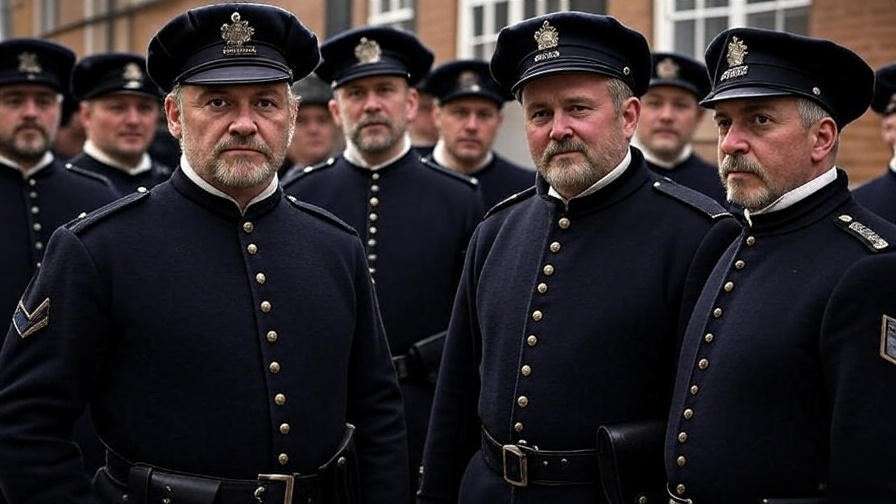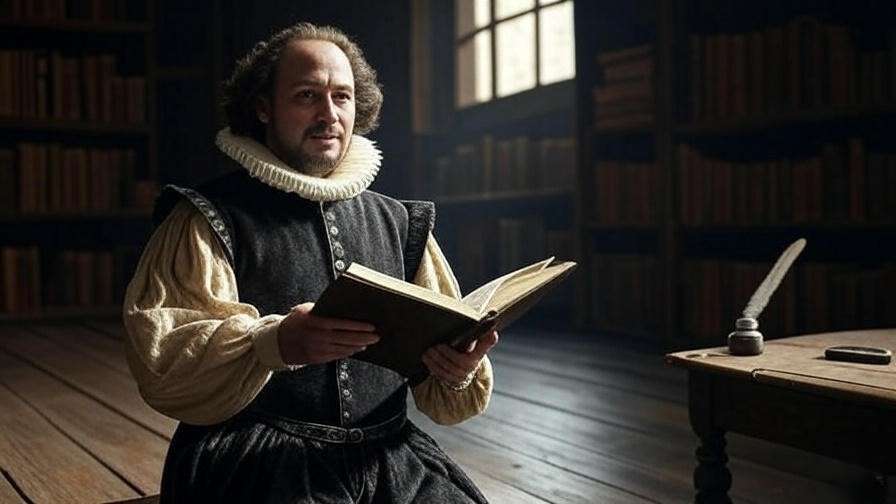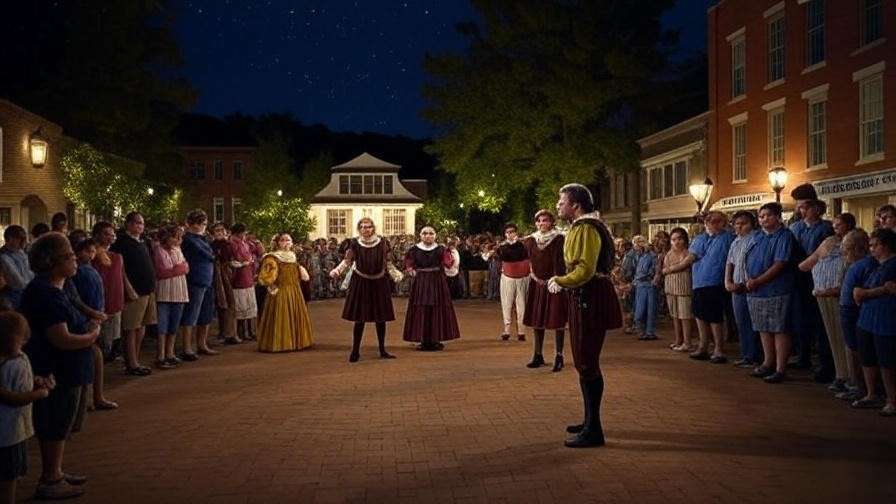Imagine standing within the cold, towering walls of Elsinore Castle, where whispers of betrayal echo through grand halls and shadows conceal unspoken truths. In William Shakespeare’s Hamlet, the setting is not merely a backdrop but a dynamic force that shapes the narrative’s emotional and thematic depth. Specifically, the question of how does setting affect how does settings affect act 1 scene 2 hamlet reveals the intricate interplay between place, character, and conflict. This scene, set in the opulent yet oppressive court of Denmark, introduces the play’s central tensions: Hamlet’s grief, Claudius’s duplicity, and the façade of political stability. By exploring the physical, psychological, and temporal dimensions of this setting, we uncover how Shakespeare crafts a world that mirrors the characters’ inner turmoil and foreshadows the tragedy to come. For students, educators, and Shakespeare enthusiasts, understanding this setting deepens appreciation of Hamlet’s enduring power, offering insights into human emotions and societal dynamics.
The Role of Setting in Shakespeare’s Hamlet
Defining Setting in Elizabethan Drama
In Shakespeare’s era, the stage was a canvas of imagination, where sparse props and vivid language conjured entire worlds. The setting in Hamlet transcends mere location, encompassing physical spaces, temporal contexts, and psychological atmospheres. In Act 1, Scene 2, the setting of Elsinore’s court is a microcosm of the play’s themes—deception, power, and existential angst. Unlike modern theater with elaborate sets, Elizabethan drama relied on dialogue and stage directions to evoke place, making the audience active participants in envisioning Elsinore’s grandeur and gloom. This scene’s setting, therefore, is a deliberate choice, amplifying the dramatic tension through its stark contrast between public ceremony and private pain.
Overview of Elsinore Castle as a Central Setting
Elsinore Castle, the primary setting of Hamlet, is both a literal fortress and a metaphor for entrapment. Its imposing walls and watchful corridors create an atmosphere of surveillance and control, reflecting the play’s themes of betrayal and moral decay. Scholar Stephen Greenblatt notes that Elsinore is “a place where nothing is as it seems,” a fitting stage for the duplicity that unfolds in Act 1, Scene 2. The castle’s grandeur, with its ceremonial halls, masks the underlying corruption, setting the tone for the political and personal conflicts that drive the tragedy. This oppressive environment shapes every interaction, making the setting a silent but powerful character in its own right.
Why Act 1, Scene 2 is a Critical Moment
Act 1, Scene 2 marks the first major gathering of Hamlet’s key players: Claudius, the newly crowned king; Gertrude, his queen; and Hamlet, the grieving prince. Set in the great hall of Elsinore, the scene features Claudius’s polished court speech, where he addresses Denmark’s political stability and his marriage to Gertrude, followed by Hamlet’s first soliloquy, revealing his inner torment. The setting’s formality heightens the tension between public decorum and private anguish, establishing the play’s central conflicts. As Harold Bloom observes, this scene “sets the stage for Hamlet’s existential crisis,” with the court’s grandeur amplifying the dissonance between appearance and reality.
Analyzing the Physical Setting of Act 1, Scene 2
The Great Hall of Elsinore
The physical setting of Act 1, Scene 2—a grand, public court filled with courtiers—creates a stark contrast with Hamlet’s personal grief. The great hall, adorned with regal trappings, is a space of ceremony and power, where Claudius asserts his authority through carefully crafted rhetoric. This opulent setting, however, clashes with Hamlet’s description of Denmark as an “unweeded garden” (1.2.135), highlighting the decay beneath the surface. The public nature of the hall forces characters to perform roles—Claudius as benevolent ruler, Gertrude as supportive queen—while Hamlet struggles to reconcile his mourning with the court’s festive mood. This tension between the setting’s grandeur and Hamlet’s isolation drives the scene’s emotional intensity.
Symbolism of the Court’s Grandeur
The court’s lavish setting symbolizes Claudius’s attempt to legitimize his rule and mask his guilt over King Hamlet’s murder. The ceremonial atmosphere, with its formal speeches and public displays, reflects Elizabethan court politics, where appearances often concealed treachery. As scholar Marjorie Garber points out, “The court in Hamlet is a stage within a stage,” where characters perform to maintain power. The setting’s opulence underscores Claudius’s manipulation, as he uses the grandeur to project stability while hiding his usurpation. For audiences, this contrast between the setting’s splendor and the underlying corruption deepens the scene’s dramatic irony.
Impact on Character Interactions
The public setting of the court constrains character interactions, forcing them to adhere to social roles. Claudius’s commanding presence in the hall contrasts with Hamlet’s subdued demeanor, highlighting their power imbalance. Gertrude’s attempts to comfort Hamlet (“Thou know’st ’tis common; all that lives must die” [1.2.72]) feel hollow in the formal setting, where genuine emotion is stifled. The court’s watchful eyes amplify Hamlet’s sense of alienation, as he cannot openly express his grief or suspicions. This dynamic sets the stage for the play’s exploration of surveillance, with the setting acting as a catalyst for conflict and mistrust.
The Psychological and Emotional Setting
The Atmosphere of Surveillance and Control
Elsinore’s court is not just a physical space but a psychological one, steeped in surveillance and control. The presence of courtiers and advisors creates a sense of constant observation, mirroring the play’s broader theme of spying (e.g., Polonius’s later espionage). Hamlet’s guarded responses in the court reflect his awareness of being watched, fostering paranoia that shapes his actions. This oppressive atmosphere, as scholar A.C. Bradley notes, “traps Hamlet in a web of deceit,” making the setting a psychological prison. The tension between public performance and private truth in Act 1, Scene 2 lays the groundwork for Hamlet’s growing distrust.
Hamlet’s Soliloquy and Inner Turmoil
The shift from the public court to Hamlet’s private soliloquy (“O, that this too too solid flesh would melt” [1.2.129]) marks a change in psychological setting, from external formality to internal chaos. In the absence of a physical “safe space,” Hamlet’s soliloquy becomes his only outlet for grief and rage. The court’s stifling environment intensifies his emotional distress, as he cannot openly mourn his father or confront Claudius. This contrast between the public setting and Hamlet’s inner world underscores the theme of appearance versus reality, with the soliloquy revealing the truth hidden beneath the court’s polished surface.
The Role of Grief and Mourning
The court’s formal setting suppresses Hamlet’s ability to grieve, creating tension with Claudius and Gertrude. Claudius’s dismissal of Hamlet’s mourning as “unmanly grief” (1.2.94) reflects the court’s expectation of stoicism, clashing with Hamlet’s emotional authenticity. Psychoanalytic readings, such as those by Ernest Jones, suggest that Hamlet’s suppressed grief fuels his existential crisis, with the setting acting as a catalyst. The lack of a private space for mourning isolates Hamlet, amplifying his sense of betrayal and setting the stage for his later rebellion. The setting, thus, becomes a battleground for emotional expression.
Temporal Setting and Its Influence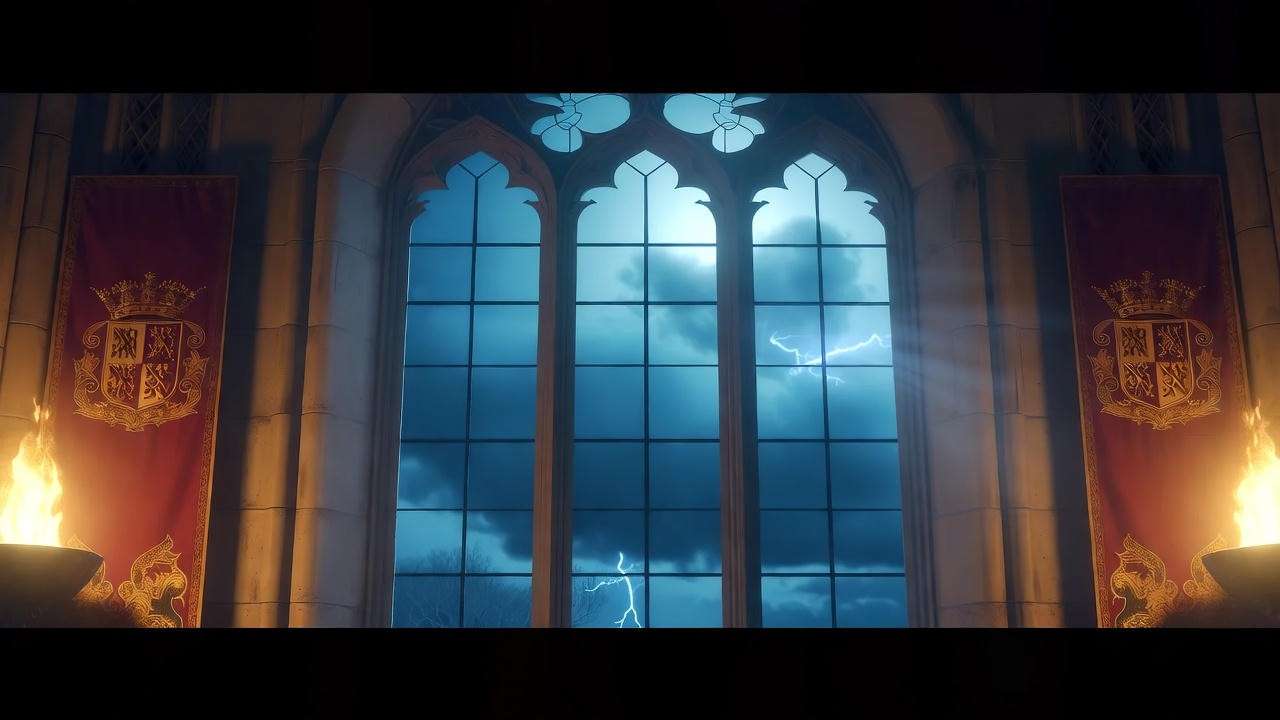
The Time Period of Act 1, Scene 2
Hamlet’s temporal setting blends medieval Denmark with Elizabethan elements, creating an ambiguous yet resonant backdrop. Act 1, Scene 2 occurs shortly after King Hamlet’s death and Claudius’s coronation, a rapid transition that heightens the scene’s tension. The court’s festive mood, marked by Claudius’s marriage to Gertrude, feels jarring against the backdrop of recent loss. This temporal dissonance, as scholar John Dover Wilson notes, “reflects the unnatural haste of Claudius’s rise to power,” making the setting a temporal mirror of the play’s moral disorder.
The Speed of Political Transition
The swift shift from King Hamlet’s death to Claudius’s coronation, enacted in the court setting, fuels Hamlet’s distrust. His reference to the “o’erhasty marriage” (1.2.157) highlights the temporal compression, with the setting amplifying this sense of disruption. The court’s ceremonial trappings, meant to celebrate stability, instead underscore the fragility of Denmark’s political order. This temporal tension, rooted in the setting, foreshadows the conflicts that will unravel the kingdom, making Act 1, Scene 2 a pivotal moment in the play’s narrative arc.
Historical Context of Elizabethan Audiences
For Elizabethan audiences, the court setting resonated with their own political anxieties, particularly around succession and legitimacy. With Queen Elizabeth I aging and childless, the fear of a contested throne loomed large. The setting of Elsinore’s court, with its power struggles and hidden treachery, mirrored these concerns. Scholar Andrew Hadfield argues that Hamlet’s setting “tapped into Elizabethan fears of instability,” making Act 1, Scene 2 a relatable and gripping scene. By grounding the analysis in historical context, we see how the setting bridges Shakespeare’s world and ours.
Thematic Implications of the Setting
Power and Corruption
The court setting of Act 1, Scene 2 in Hamlet serves as a vivid stage for the theme of power and corruption, with its grandeur masking the moral decay at Denmark’s core. Claudius’s opening speech, delivered in the opulent great hall, is a masterclass in political rhetoric, blending expressions of grief for King Hamlet’s death with celebrations of his marriage to Gertrude: “With mirth in funeral and with dirge in marriage” (1.2.12). This paradoxical language, performed in a setting of regal authority, underscores Claudius’s attempt to legitimize his usurpation. The court’s polished surface, as scholar Marjorie Garber notes, “conceals a rottenness within,” reflecting the theme of corruption that permeates the play. The setting amplifies this tension, as its ceremonial trappings contrast sharply with the underlying treachery, making Claudius’s hypocrisy palpable to both Hamlet and the audience.
Isolation and Alienation
The public nature of Elsinore’s court isolates Hamlet, intensifying his sense of alienation. Surrounded by courtiers who adhere to Claudius’s regime, Hamlet is an outsider in his own home, unable to express his grief or suspicions openly. The setting’s formality, with its rigid social hierarchy, stifles authentic emotion, forcing Hamlet to mask his true feelings. His aside, “A little more than kin, and less than kind” (1.2.65), reveals his detachment from the court’s façade, a sentiment heightened by the setting’s oppressive atmosphere. This isolation, as A.C. Bradley observes, “positions Hamlet as a lone figure against a corrupt system,” setting the stage for his existential struggle. The court’s watchful eyes and formal rituals thus become a crucible for Hamlet’s growing sense of disconnection.
Appearance vs. Reality
The setting of Act 1, Scene 2 embodies Hamlet’s central theme of appearance versus reality. The great hall’s opulence projects an image of stability and legitimacy, yet it conceals Claudius’s guilt and the kingdom’s moral decay. Hamlet’s perception of Denmark as an “unweeded garden” (1.2.135) contrasts sharply with the court’s polished exterior, highlighting the dissonance between public façade and private truth. This theme resonates throughout the scene, as Claudius’s smooth rhetoric masks his treachery, while Hamlet’s mourning attire stands out against the court’s festive mood. Scholar Stephen Greenblatt argues that the setting “mirrors the play’s obsession with duplicity,” making it a critical lens for understanding the characters’ motivations and the narrative’s trajectory.
How Setting Enhances Dramatic Tension
Conflict Between Public and Private Selves
The court setting creates a profound conflict between characters’ public personas and private emotions, driving the dramatic tension in Act 1, Scene 2. Claudius’s commanding presence, bolstered by the hall’s regal atmosphere, contrasts with Hamlet’s subdued, mourning demeanor, highlighting their power struggle. Gertrude’s attempts to bridge this gap—“Cast thy nighted color off” (1.2.68)—feel superficial in the formal setting, where genuine emotion is overshadowed by protocol. This clash, as scholar John Dover Wilson notes, “sets the stage for the play’s central conflict: Hamlet’s rebellion against a corrupt regime.” The setting’s public nature forces characters to perform, amplifying the tension between their outward roles and inner truths.
Foreshadowing Future Conflicts
The court setting foreshadows the escalating conflicts that will unravel Denmark. Claudius’s polished speech, delivered in a space of authority, hints at his manipulative nature, while Hamlet’s soliloquy reveals the seeds of his rebellion. The setting’s atmosphere of surveillance and control, with courtiers as silent witnesses, prefigures later acts of spying and betrayal, such as Polonius’s eavesdropping or Claudius’s plotting. According to dramatic structure theories, such as Freytag’s pyramid, this scene marks the rising action, with the setting establishing the stakes for the tragedy. The court’s deceptive grandeur thus serves as a narrative catalyst, signaling the chaos to come.
Building Audience Engagement
The setting captivates audiences by creating an immersive world that heightens emotional stakes. The contrast between the court’s festive atmosphere and Hamlet’s grief draws viewers into his perspective, fostering empathy for his plight. Shakespeare’s use of vivid language to evoke the setting—“With an auspicious and a dropping eye” (1.2.11)—invites audiences to visualize the scene’s tension, making them active participants in the drama. For modern readers or theatergoers, the setting’s universal themes of power and betrayal resonate across time, enhancing engagement. To fully appreciate this, readers should pay attention to stage directions or visualize the scene’s spatial dynamics when watching a performance.
Practical Applications for Readers
For Students and Educators
Understanding the setting of Act 1, Scene 2 is invaluable for students and educators analyzing Hamlet. To explore its impact, focus on specific lines or stage directions that highlight the contrast between the court’s grandeur and Hamlet’s isolation. For example, analyze Claudius’s speech alongside Hamlet’s soliloquy to uncover how the setting shapes their conflict. When writing essays, use textual evidence to support claims about the setting’s symbolic role, such as references to Elsinore as a “prison” (2.2.243). Educators can encourage discussions on how the setting reflects Elizabethan political anxieties, fostering deeper engagement with the text.
For Theater Practitioners
Directors and actors can leverage the setting to enhance performances of Act 1, Scene 2. Directors might emphasize the court’s opulence through set design, using rich tapestries or imposing thrones to contrast with Hamlet’s dark attire. Actors playing Hamlet can use physicality—such as standing apart from the court—to convey his alienation. Modern adaptations, like Kenneth Branagh’s 1996 film, use grand sets to highlight the setting’s role, while Gregory Doran’s 2009 RSC production employs minimalist staging to focus on psychological tension. Practitioners should experiment with lighting or sound to amplify the setting’s oppressive atmosphere.
For General Readers
For general readers, understanding the setting deepens appreciation of Hamlet’s universal themes, such as grief, betrayal, and the search for truth. The court’s stifling environment mirrors real-world experiences of navigating social expectations while grappling with personal struggles. Readers can enhance their experience by watching a performance, such as the 2000 Ethan Hawke film, which reimagines Elsinore as a corporate boardroom, or by reading the scene with attention to spatial dynamics. Visualizing the contrast between the court’s grandeur and Hamlet’s inner turmoil brings the text to life, revealing Shakespeare’s genius in using setting to convey human emotions.
FAQs
How does the setting of Act 1, Scene 2 differ from other scenes in Hamlet?
Unlike the supernatural, eerie setting of Act 1, Scene 1, where the ghost appears on Elsinore’s battlements, Act 1, Scene 2 is set in the formal, public court. This contrast highlights the shift from external threats to internal political and emotional conflicts, setting the tone for the play’s exploration of deception and power.
Why is Elsinore Castle significant in Hamlet?
Elsinore is a symbol of entrapment and moral decay, with its watchful corridors reflecting the play’s themes of surveillance and betrayal. In Act 1, Scene 2, the castle’s grandeur masks Claudius’s guilt, making it a critical setting for the narrative’s unfolding drama.
How can the setting of Act 1, Scene 2 be interpreted in modern productions?
Modern productions often reinterpret the court setting to reflect contemporary issues, such as surveillance culture or corporate power. For example, Michael Almereyda’s 2000 film sets the scene in a sleek office, emphasizing themes of control and manipulation relevant to today’s audiences.
How does the setting influence Hamlet’s character development?
The oppressive court environment isolates Hamlet, forcing him to suppress his grief and fueling his distrust of Claudius and Gertrude. This tension shapes his introspective and rebellious nature, driving his journey toward action and self-discovery.
The setting of Act 1, Scene 2 in Hamlet is a masterful element of Shakespeare’s craft, shaping the scene’s dramatic tension and thematic depth. The great hall of Elsinore, with its opulent yet oppressive atmosphere, amplifies the conflict between public façade and private truth, setting the stage for Hamlet’s existential crisis and the play’s unfolding tragedy. By exploring the physical, psychological, and temporal dimensions of this setting, readers gain a deeper understanding of Hamlet’s enduring power. Revisit this scene with fresh eyes, paying attention to how the court’s grandeur and surveillance shape the characters’ actions and emotions. For more insights into Shakespeare’s works, explore related articles on our William Shakespeare Insights blog, and share your thoughts on this scene in the comments below.

